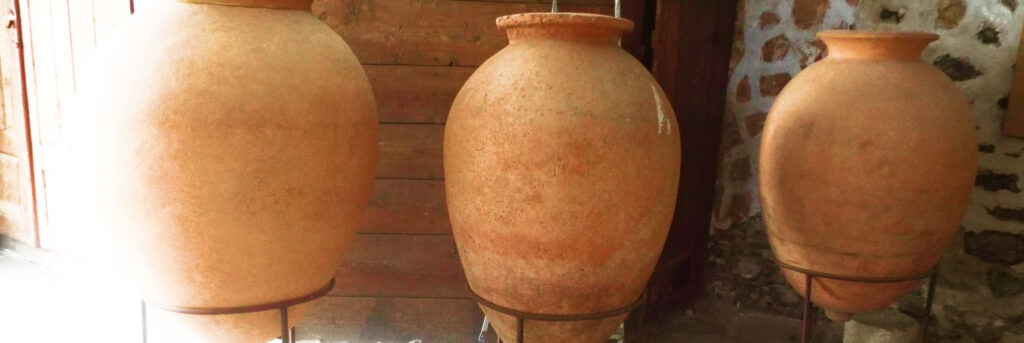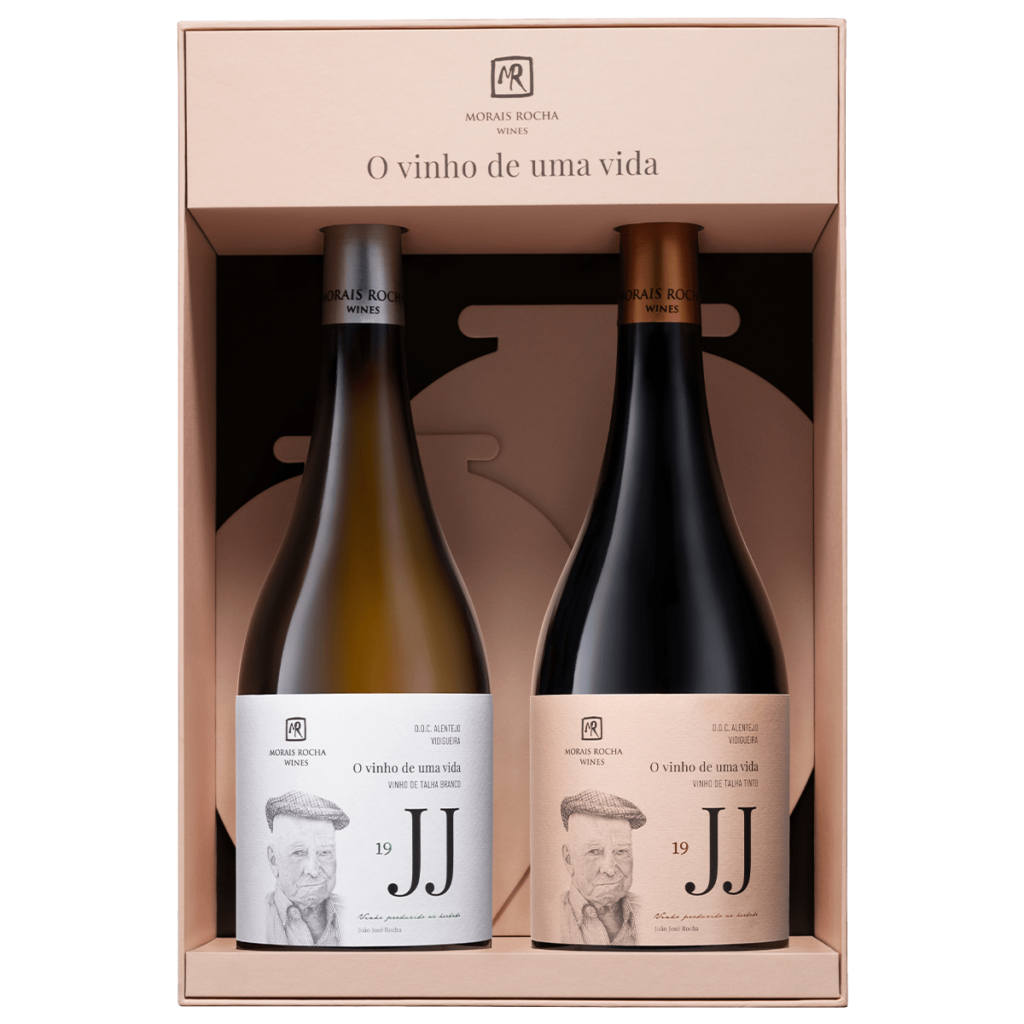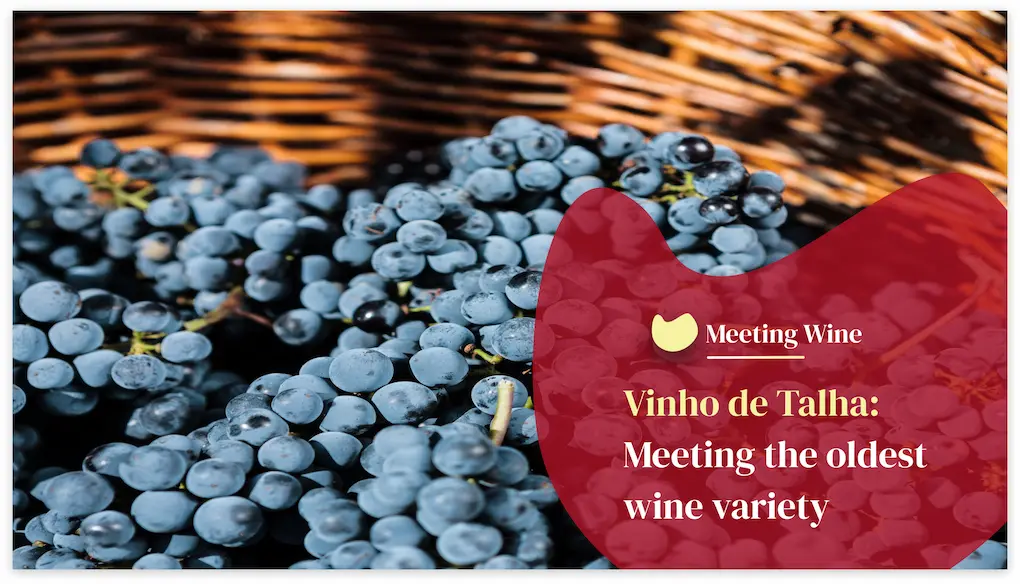If you are looking for a unique wine experience, glad to tell you that you have found the right blog post. Today, we will find everything about a truly special wine, that, besides tasting especially different from what we are used to, this special type of wine is produced in a quite curious way.
Do you already know what I am talking about? Well, it is called “Vinho da Talha”, and today, it is its day. Also known as “Carving Wine” or “Carved Wine”, this wine is made of a mix of red and white wine grape varieties. However, besides being quite singular due to the mix between both varieties, this wine is produced in clay pots. Which dates back to the ancient times of the middle ages.

Carved wine: A Portugal tradition that takes us to the roman times
Vinho da Talha, or Carving Wine, is a handcrafted wine produced in clay pots. This wine history dates from more than 2000 years ago when it was first produced by Romans after they introduced vineyards, as well as the art of winemaking. Very popular in Portugal, this methodology of making wine exists in this country for a long time, but has been gaining new visibility in the last few years due to the increasing popularity of Portugal’s wine tourism.
The trick? The wine is produced in clay amphoras and the methodology has remained the same generation after generation. So you truly are entering the Romans era in this one.
Portugal, one of the most relevant wine tourism regions in the world, has been one of the most relevant companies, when we speak of maintaining wine traditions. As for carved wine, it is in Alentejo that this vinification process that backs to the romans times, has been kept. Even so, there is more than one way to make wine in pots, depending on local tradition.
Top 3 “Vinhos da Talha”, also known as Carved Wine



PURO TALHA
José de Sousa winemaker
Produced by José de Sousa winery, and, maintaining ancestral winemaking and fermentation techniques, this wine keeps the essence of a true “Vinho da Talha”. Wine grapes are crushed by foot in huge tanks. The fermentation process begins in clay pots. Due to its antique production method, the wine must be controlled 4 times a day, and the wine must rest in the pots for at least 4 to 10 months.
The producer, supported by the well-known winemaker José Maria da Fonseca, provides two carved wines: White and red. The strong yellow white wine is made of Antão Vaz, Manteúdo, and Diagalves grape varieties. A strong, elegant wine with a fruited and flowers aroma that persists in the palate with medium acidity and flavor.
JOSÉ PITEIRA
José Piteira winemaker
A carved wine from José Piteira winemaker, and iniciated by Aníbal Coutinho oenologist. This wine was scored 95 points by Robert Parker, the most famous wine critic in the world.
This clay pot wine is made with Moreto, Trincadeira, Alfrocheiro, and Alicante wine grapes. 2017 was a warm year in Portugal, however, it provided amazing grapes that were balanced, aromatic, and sapid. This resulted in excellent wines with a great character, personality, and distinguished wine. José Piteira carving wine presents good fruit in the aroma, associated with excellent structure and sobriety. The ruby-colored wine is filled with black fruit, red fruit, and jam aromas. Fresh and dry, it is perfect to combine with roasts.
JJ Vinho de Talha
Morais Rocha winemaker
JJ Vinho de Talha wine is a tribute to the producer’s grandfather called João José Rocha, who started the wine business in the family. This carved wine edition includes both red and white wine. The red wine has a dark garnet color, the aroma of black fruits. It is a quite intense wine with notes of stems and persists for a while in the mouth. The white wine has a light color and grape aroma. The wine is extremely full-bodied and has also a long persistence. This wine represents the beginning, the start where it began. A wine of a lifetime, as the winemakers call it: a packaging full of symbolism and feeling.
Carving wines are clearly defined by the word difference: either it is due to its production method, fermentation, color, aroma or flavor. It’s an experience, more than just a wine. It takes us back to a time where none of us was there, showing the true menaing of family recipies and keeping traditions from generation to generation. At a time when even the wine world is growing towards standardization, Talha wines are disruptive and unique. More rustic, sober, these wines enable you to feel the earth, with a lot of mouth and a lot of structure. Discrete when they are young, they gain aromas of wax, amber and honey in the whites, and jam and very ripe fruit in the reds.


